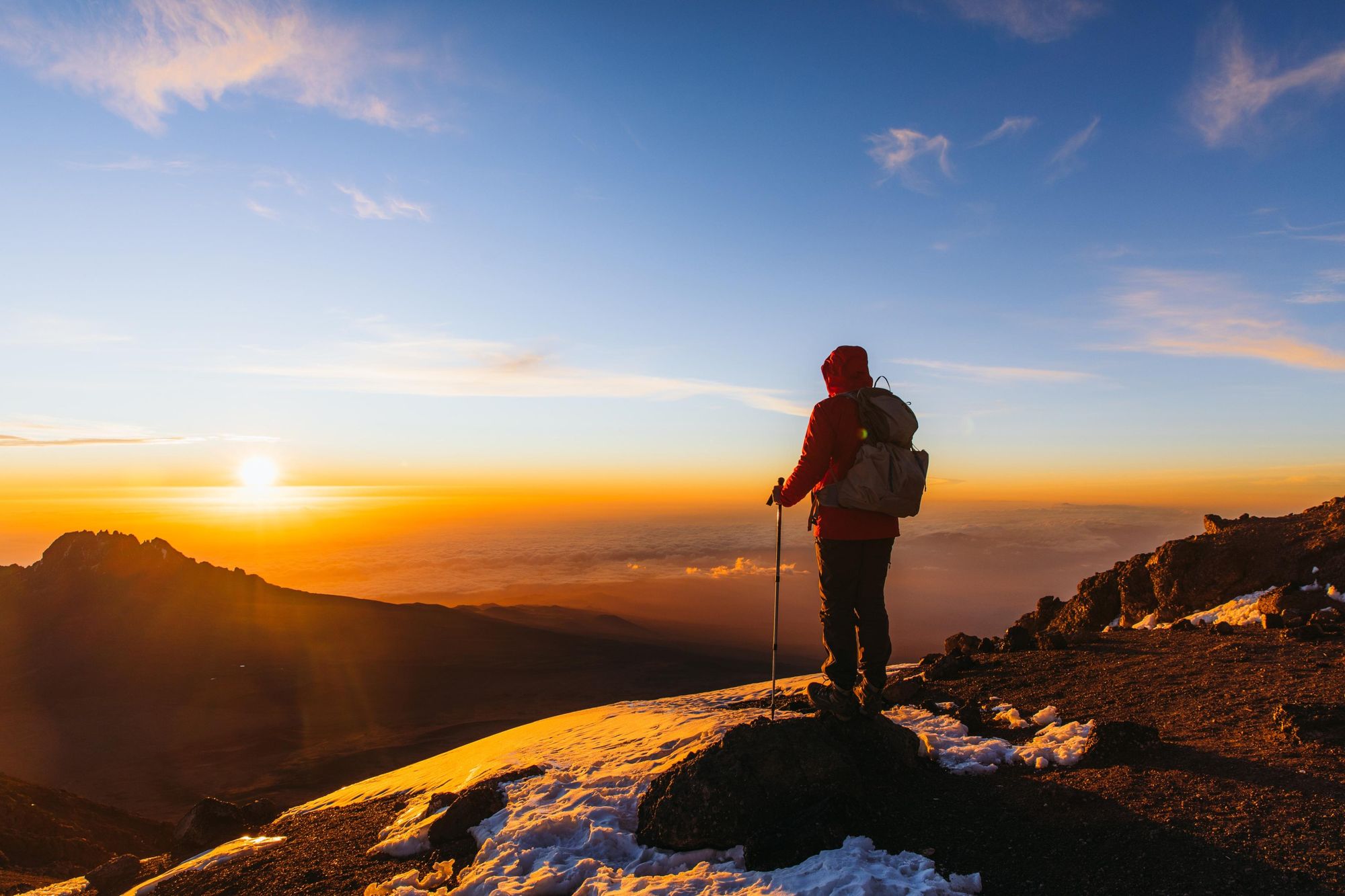Long before I set foot on Kilimanjaro, in Tanzania, the mountain lured me in. It loomed over the horizon whilst we sat around a campfire in Serengeti. Later that night, I watched a lightning storm completely illuminate the western face in a glorious display of nature’s power. It was strange to see such a mountain stand alone, devoid of the company of a range. It even created its own weather. That night I decided I wanted to stand on the summit, and a month later I did.
Five years later I summited it again, only this time I had rushed my ascent on a harder route and felt the full wrath of altitude sickness bear down upon me. This, combined with some crippling blisters from untested footwear, taught me a valuable lesson about preparation and planning.
If you plan on climbing Kilimanjaro, the highest mountain in Africa, one of the most important aspects of your planning will involve choosing a route to pick. In this article, we take a closer look at the seven main routes to the summit, to help you choose which is the best Kilimanjaro route for you.

How to Choose the Best Kilimanjaro Route
There is perhaps not a more important choice when trekking Kilimanjaro than the route you choose. There are at least seven options. The main ones are:
- The Marangu Route (known as 'the tourist route' and the 'Coca Cola Route')
- The Machame Route (the 'Whiskey Route')
- The Lemosho Route (generally considered the 'most scenic')
- The Rongai Route (the only approach from the north)
- The Shira Route (a high altitude approach from the left)
- The Northern Circuit (a route circling the northern slopes)
- The Umbwe Route (the most direct route to the summit)
Each route has its own benefits and drawbacks, as the table above shows. The Marangu Route is most popular with beginner trekkers, as it is less steep and takes the shortest amount of time – but you'll also find it busier than some of the other routes, as well as more difficult to acclimatise. The Umbwe Route is one of the most difficult, shouldn't be undertaken unless you have mountaineering experience, and we'd advise making sure you acclimatise to the altitude elsewhere first (for example, by climbing Mount Meru).
When you come to choose your Kilimanjaro route, there are several factors you need to take into consideration. The first of these is acclimatisation – some routes climb more steeply, making altitude sickness more of a risk. The next is the difficulty of the route, in particular the summit night – its success rate gives you some indication of this. The accommodation options and how busy the route is are something to take into consideration. Then, there's how scenic the route is – a decent view really enriches the hiking experience.
We’ve provided a detailed breakdown of each of the Kilimanjaro routes to help you make the right decision for your trek.
But first, a quick note on altitude sickness
With altitude sickness, it is important to seek advice from your own doctor before deciding to medicate, as there are side effects. It is advisable to make this decision long before you step on the mountain as the medication has an adjustment period that can throw off your whole journey… trust me, it’s not a fun experience!
The risk of altitude sickness can greatly be reduced through proper acclimatisation methods and time frames. One easy preventative measure is to steer clear of tour operators offering trips up Kilimanjaro across fewer days – they won't have built in as much time for acclimatisation.
The Kilimanjaro Routes
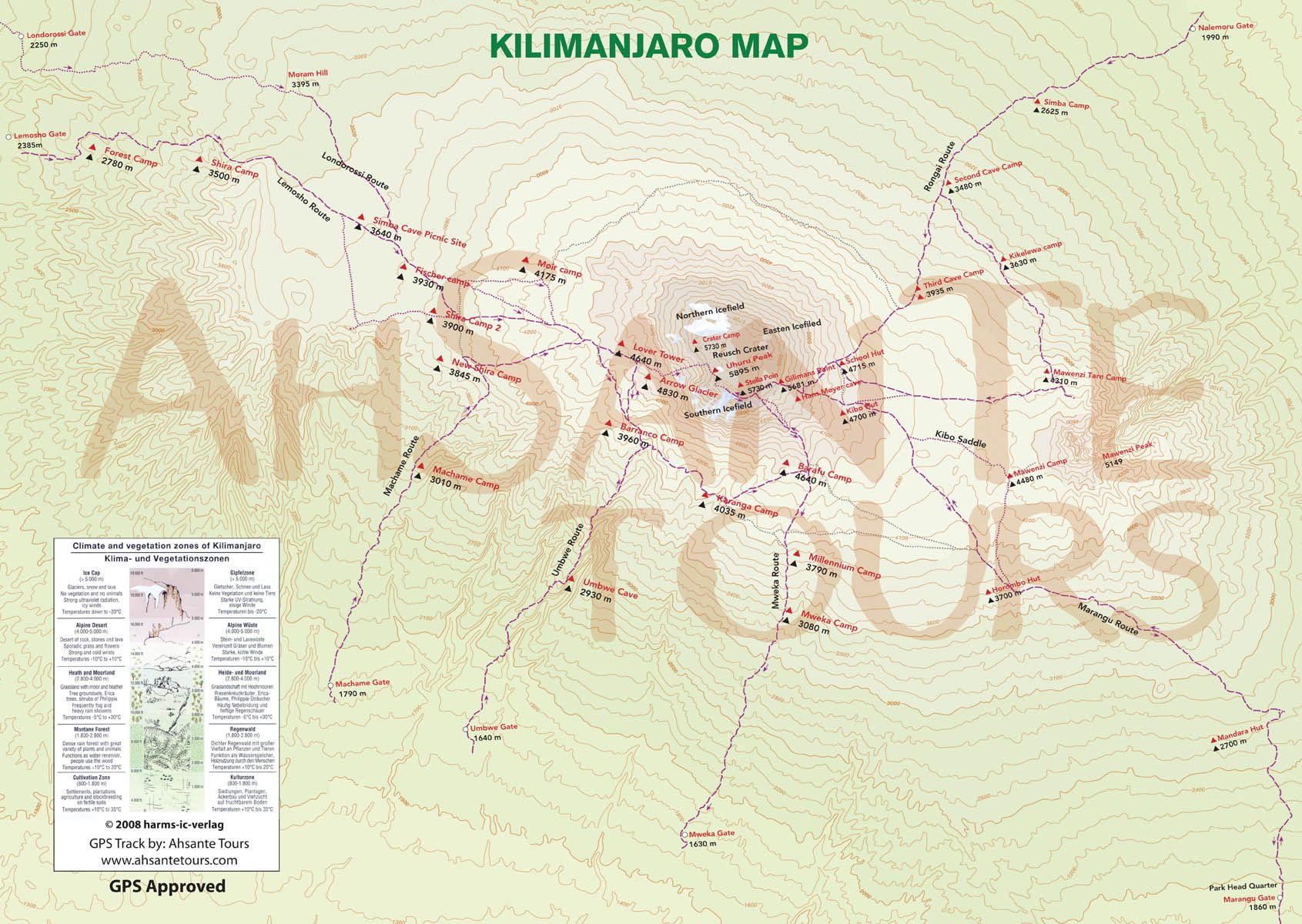
1. The Marangu Route
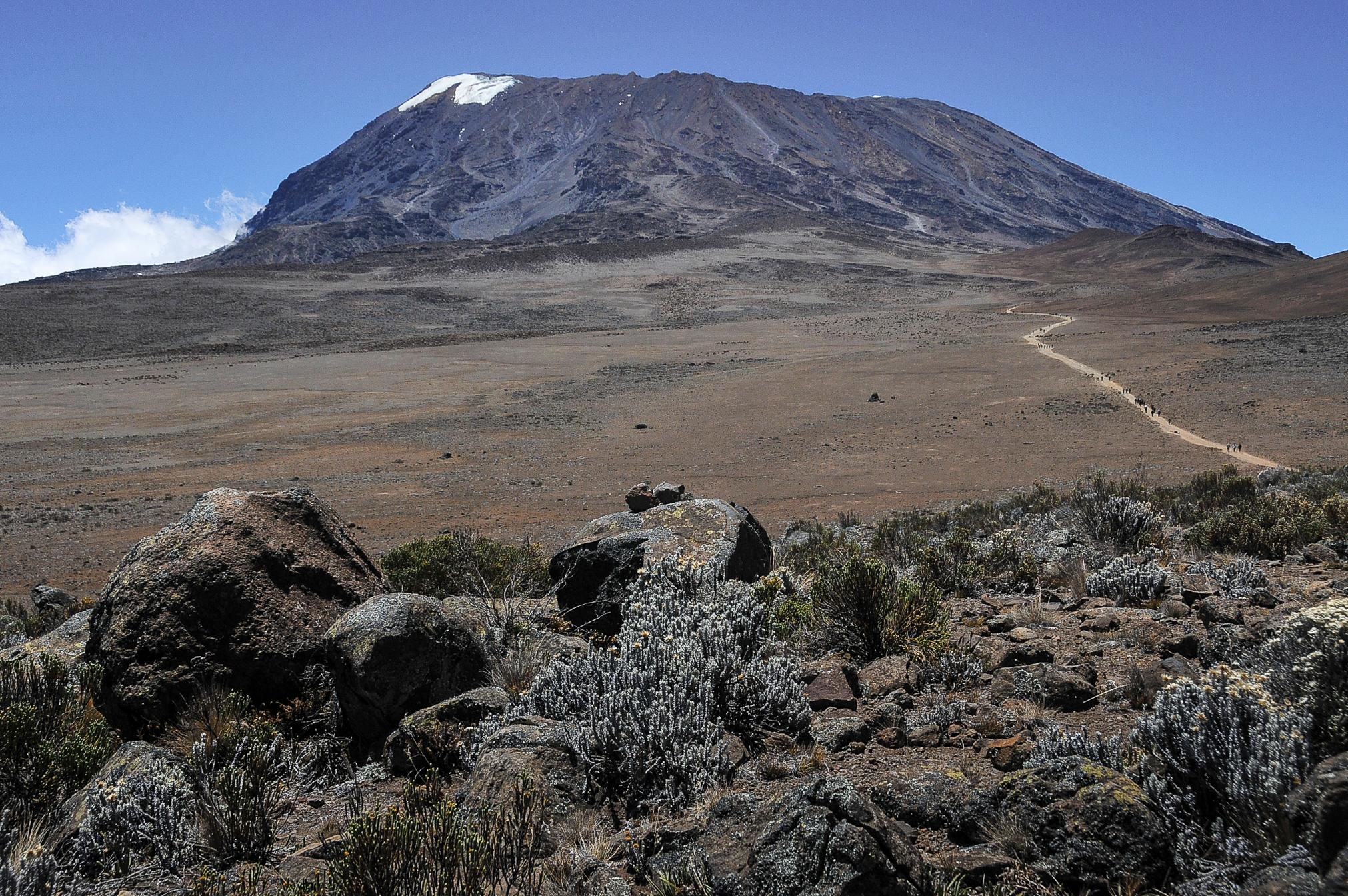
- Perfect for: Those who don’t want to camp, or those on a budget
- Distance: 70km / 5-6 Days
This Kilimanjaro route option is considered to be the tourist route – around 50% of climbers use it. Marangu is the only route that doesn’t involve camping; instead it offers small hut accommodation throughout the journey. It is from these huts that Marangu draws its nickname, the “Coca-Cola Route”, as the huts sell bottled Coke as well as a few other bits and pieces. The huts themselves are by no means luxurious – they are basic with a dining hall and beds with mattresses and pillows – but they are more comfortable than a tent.
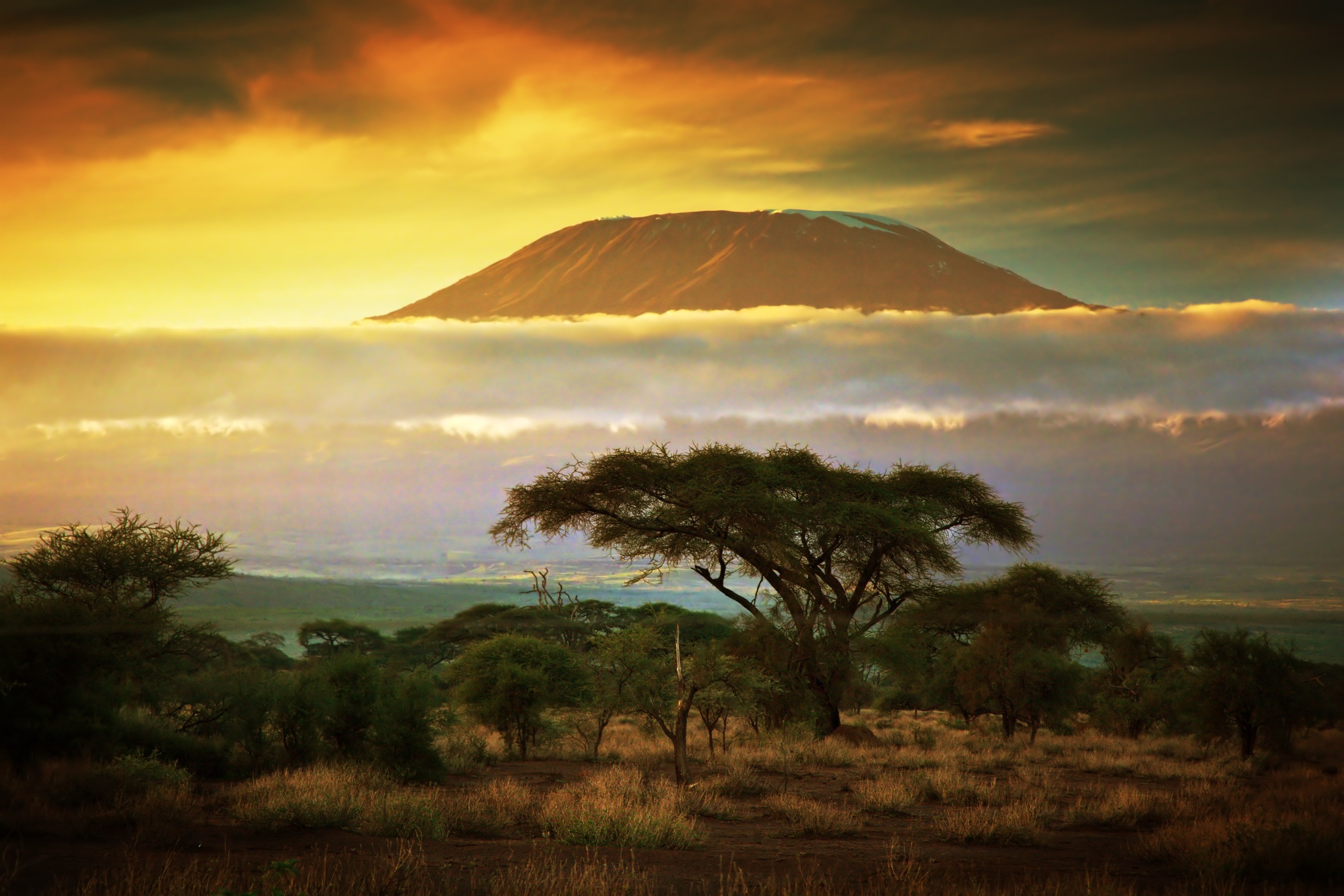
You begin your trek at the south-east Marangu Gate. This gate is close to the town of Moshi, a haven that sits underneath the mountain in the Kilimanjaro region. This proximity is one of the contributing factors that make it a popular choice for trekkers.
The ascent and descent follow the same trail, which means you only see a limited section of the mountain whilst sharing the trail with returning trekkers, making the route one of the busiest. The climb is not a steep one and is the preferred choice for inexperienced trekkers – however, the ascent on summit night is steep. The route can be completed in five days but it is recommended to do it in six for better acclimatisation. That said, the huts are only 1000m elevation apart, which is not ideal for acclimatising while you sleep – hence the low success rate of this route.
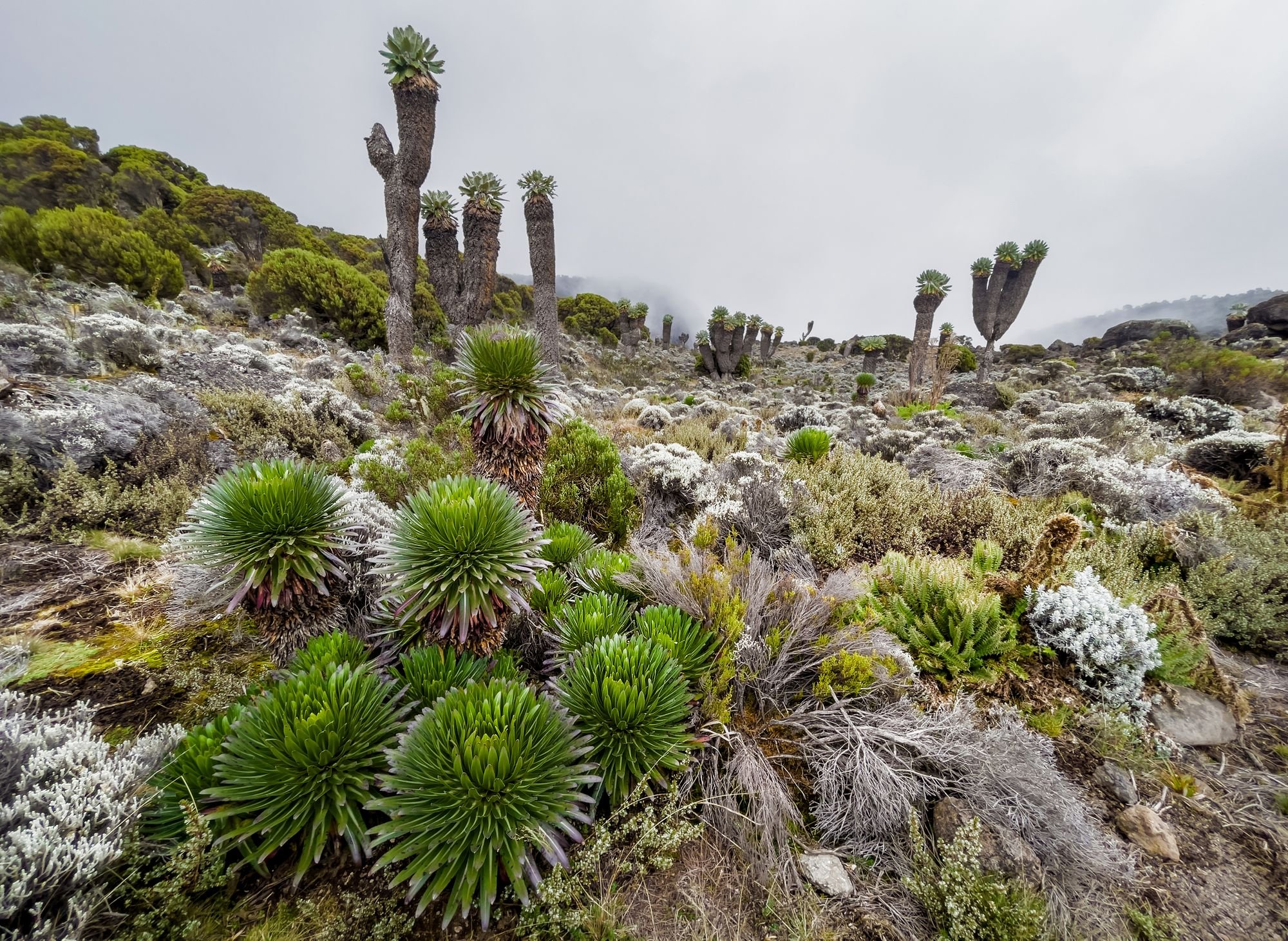
A few factors make it a cheaper climb: the proximity to Moshi, the short length of the climb and the lack of camping equipment needed.
Despite being billed as 'the easy route', Marangu has one of the lower success rates. This is partially because it is underestimated – many people who embark on it haven't trained properly. It is also because there's a spike in elevation on summit night that carries with it a risk of altitude sickness. Prepare properly and take the six day option to improve your chances of a successful summit.
This Kilimanjaro route is also not as scenic as others, but you will still stand on the mighty summit 'Uhuru Peak' the same as everyone else. You will also grab some awesome views of one of Kilimanjaro’s three volcanic cones, Mawenzi. As you return the same way, the sights are limited to what you have already experienced on the previous days, albeit with added elation and sense of achievement.
If you’re pushed for time, on a tight budget, hate tents and harder treks then Marangu is potentially the route for you.
2. The Machame Route
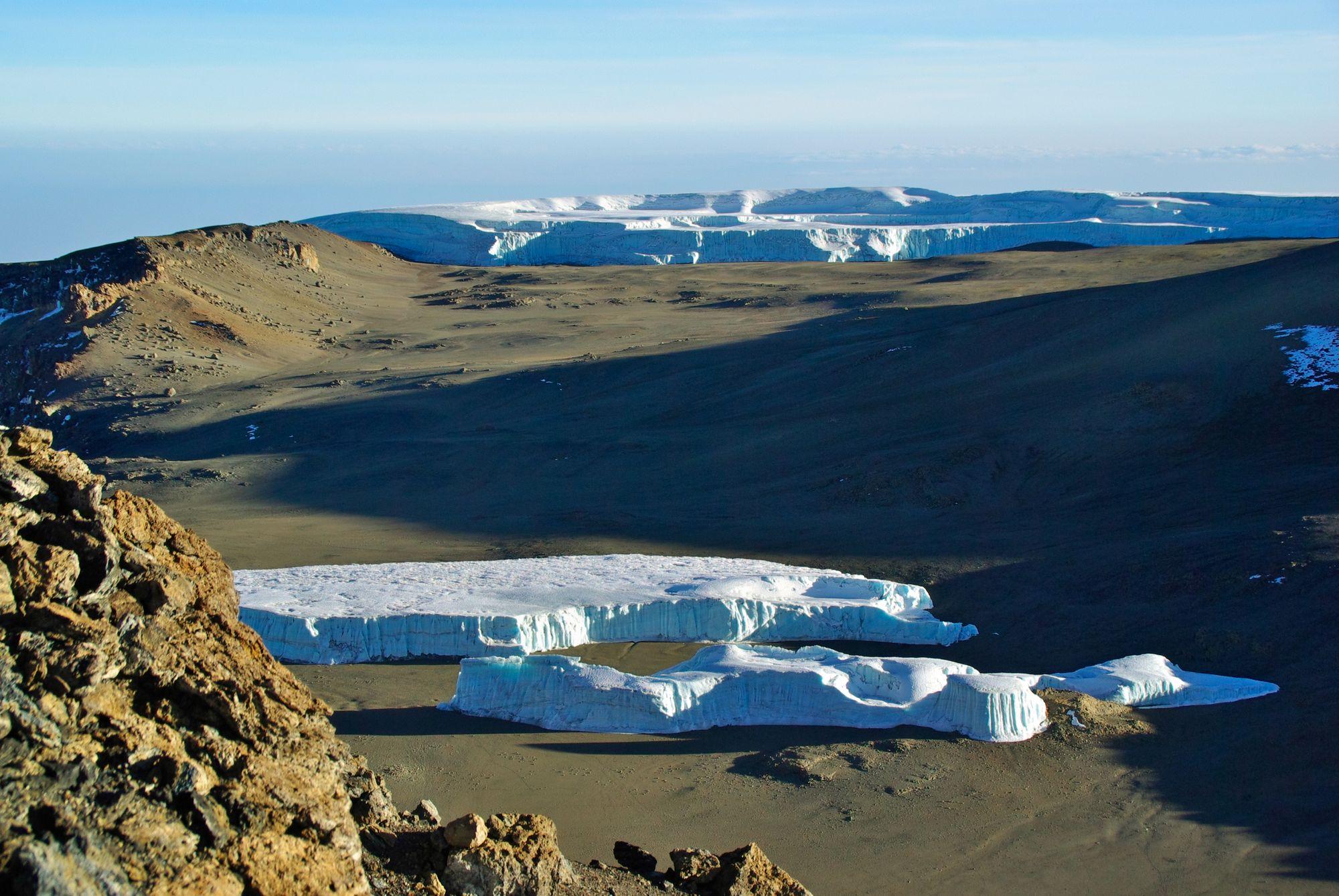
- Perfect for: Diverse scenery, and those who want to 'trek high and sleep low'
- Distance: 61km / 6-7 Days
If Marangu is known as the 'Coca-Cola route' then it’s no wonder that Machame is dubbed the 'Whiskey Route'. It is a tougher climb that certainly isn’t for the unprepared. After Marangu it's the busiest Kilimanjaro route on the mountain, but is very different to it.
You begin your trek in the rainforest zone at the Machame Gate to the south of the mountain. This is a beautiful route as it moves through many ecosystems and five different climactic zones. There's a stunning view as you arrive into Shira Camp on the plateau of the Shira volcanic cone. As you leave the Shira Plateau, it’s a steeper, more undulating climb than some of the other Kilimanjaro routes, but this affords you the opportunity to trek high and sleep low, which is an important part of acclimatisation.
This route can be attempted in six days (meaning you will attempt the summit in the early hours of the fifth day). However, there is a much higher success rate of those that stretch it out to seven days as this gives you a short day before the summit push.

Machame is a camping route; there are no huts to sleep in. This is where good gear and guiding is essential. To attempt the summit you should be well rested and well fed. A perfectly placed hot chocolate, bowl of salty cucumber soup and warm sleeping bag are so welcome at the end of a long day. Camping is an incredible way to experience the mountain and the views from Shira Camp will reinforce this beyond belief.
This route also takes you around the Lava Tower and over the Barranco Wall, an obstacle that looks much more difficult than it is. You’ll head onward to the summit base of Barafu (the Swahili word for ice) Camp. It’s cold here and there is 50% less oxygen than at sea level.
Most summit attempts begin just before midnight so you can summit at sunrise. It is one of the most beautiful sunrises you will ever see as you pass Gilman’s Point, Stella Point and move onto Uhuru Peak – it's also one of the easiest climbs. Machame descends along a different route down to Mweka Camp, which sits back in the rainforest zone. The songs around the campfire are loud and spirits high.
3. The Lemosho Route
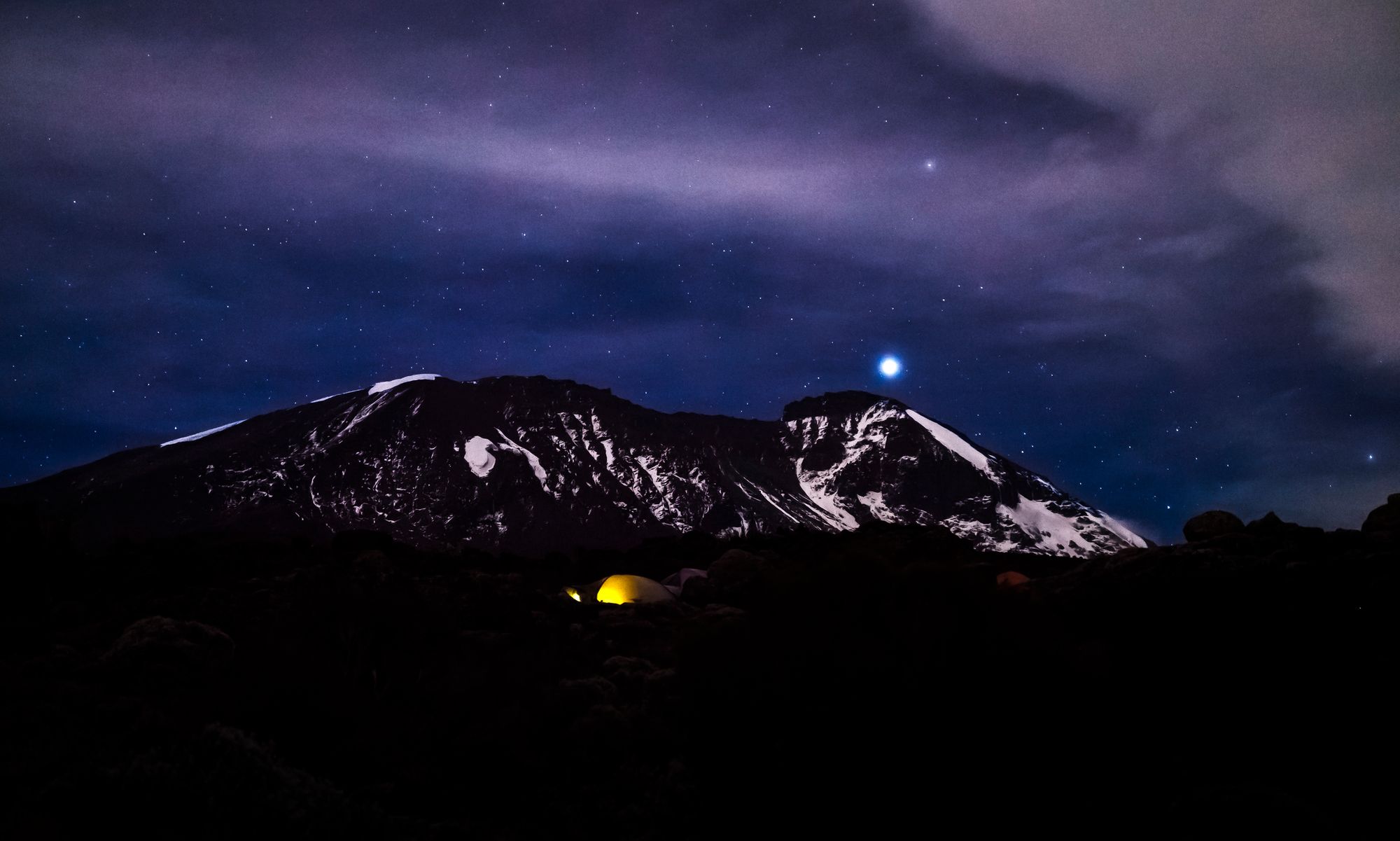
- Perfect for: getting off the beaten path and wildlife spotting
- Distance: 67km / 7-8 Days
A route that was created as an alternative to the Shira Route, and is generally considered the most scenic path to the summit. It was made as a lower set off point for those attempting Kilimanjaro from the west. You'll begin at Lemosho Gate, and have more time to gradually adjust to the altitude.
The western side is more remote, making it a further drive to the start point (two to three hours) and more expensive. This creates some great positives though as the first few days will have far fewer trekkers on the route. You are also more likely to see larger wildlife on this route, including the mighty tembo (elephant).
The Lemosho Route joins the Shira Route on Day 2 and then the Machame Route the day after. It’s a longer trek that spans between seven to eight days. As with Machame, climbers need to be comfortable with camping.
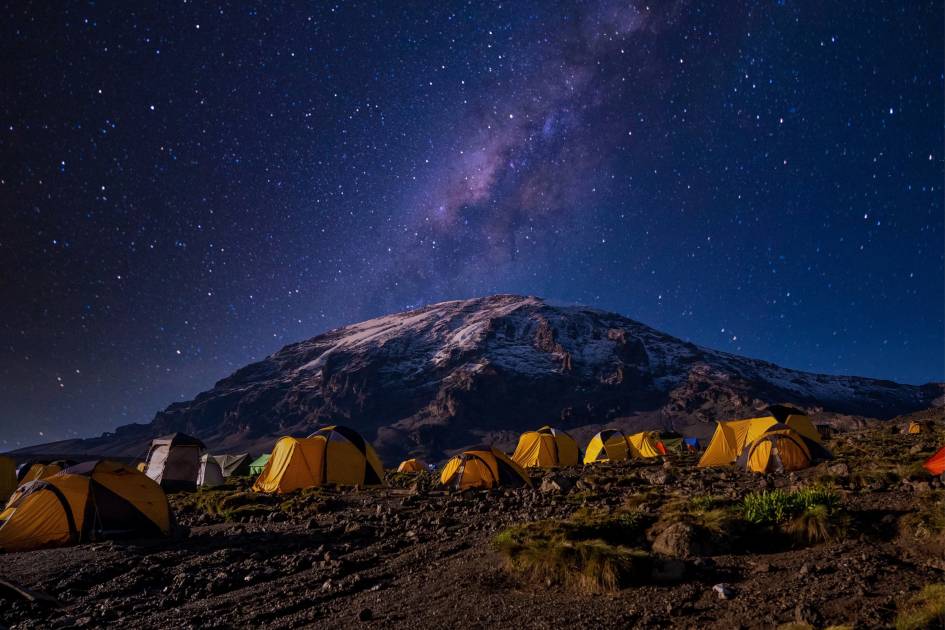
4. The Rongai Route
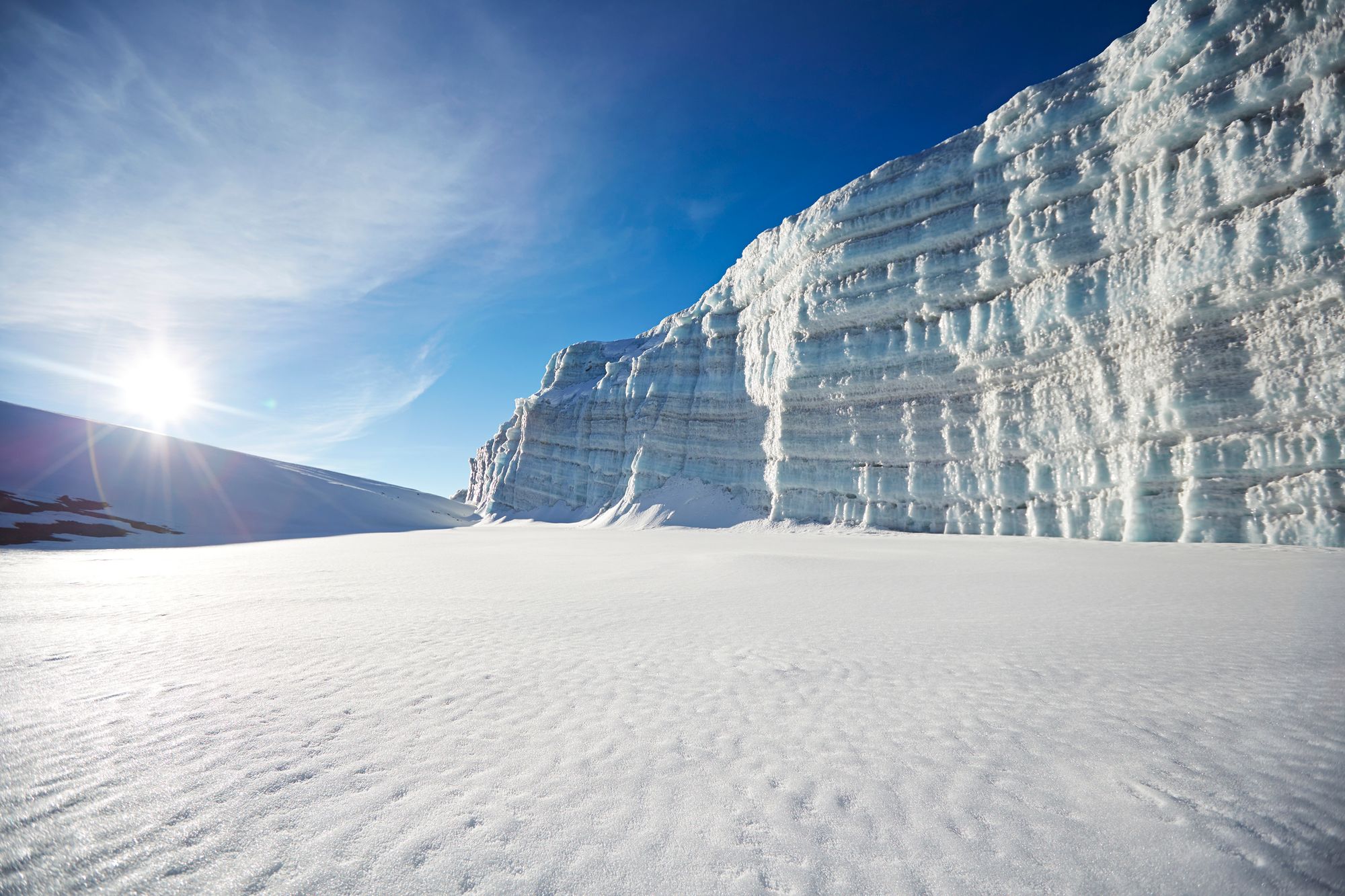
Perfect for: those seeking a milder ascent on a remote route
Distance: 74km / 6-7 Days
The Rongai is the only Kilimanjaro route that approaches from the north. You register at the Nalemoru Gate and then head through to the start point on the Kenyan side of the mountain. As with other more remote set off points you get similar benefits: it is less busy and has higher chances of seeing wildlife.
This side of the mountain gets less rain than the southern section, so there is a higher potential to stay dry (great during the wet season). It is also a milder ascent with flatter sections than other routes. This is great for exertion but not amazing for trek high, camp low acclimatisation.

The Rongai route can be attempted in six, seven or eight days. As with any of the climbs, it’s important to give yourself enough time to acclimatise.
The descent goes down along the Marangu Route. It is a beautiful and gradual route. If budget isn’t a consideration then this route is a great contender.
5. The Shira Route
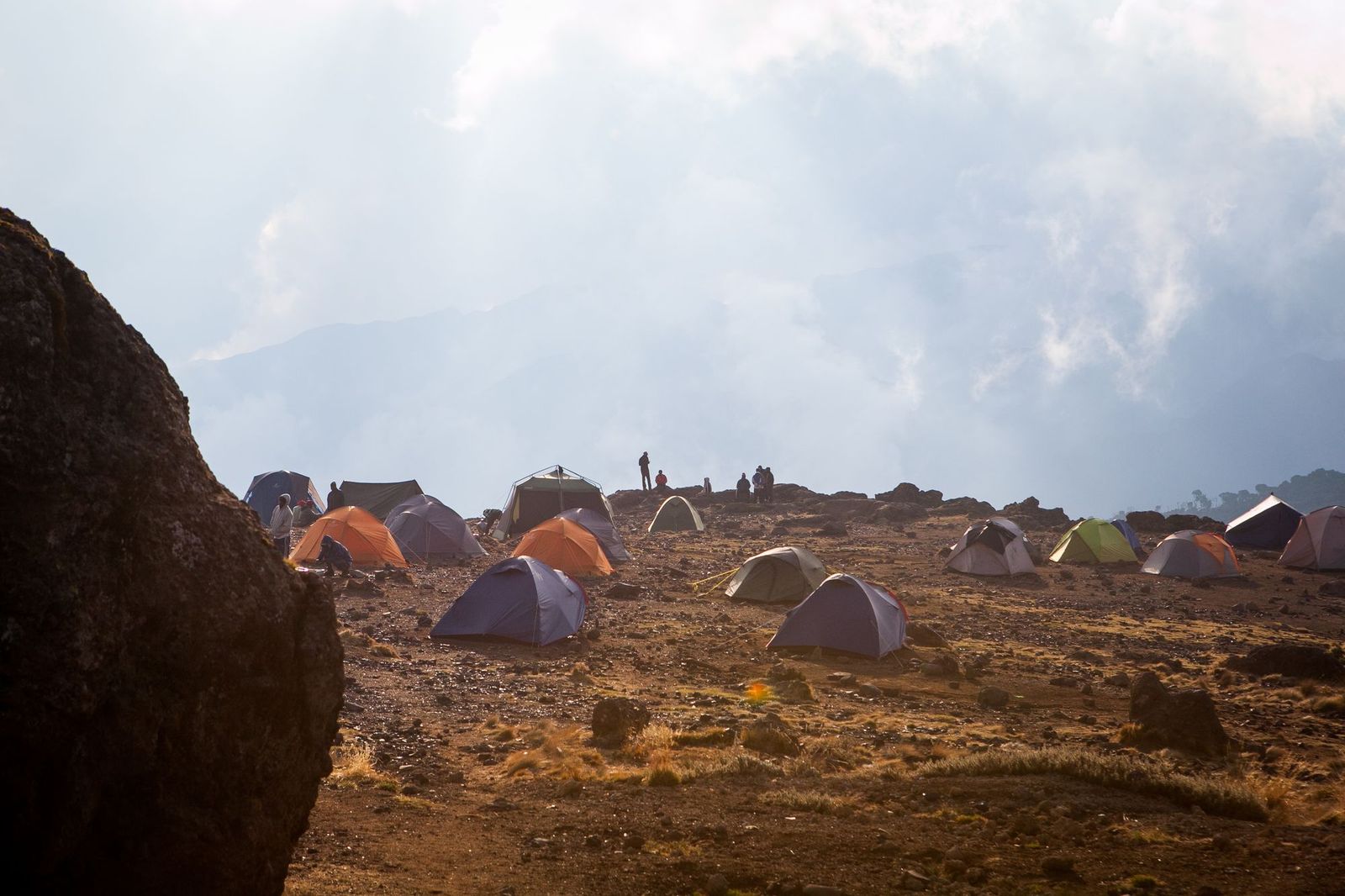
- Perfect for: experienced high-altitude trekkers
- Distance: 58km / 6-8 Days
This route is difficult, not because it is technically challenging but because the altitude at which you begin your climb is much higher. The Shira Gate sits at 3,500m: nearly 2,000 metres higher than the Machame Gate.
This is a massive altitude spike if you are coming from the towns below, which is accentuated by the fact that you are driven up to the Shira Gate, giving you even less time to acclimatise to the altitude. Because of this, the Shira Route has largely been replaced by the Lemosho Route. The Shira Route joins up with the Lemosho Route on the second day anyhow, and then with the Machame Route on Day 3.
The western side of Kilimanjaro is further away from Moshi, and therefore is more remote and expensive to reach. It has fewer climbers until it links up with Machame at the Lava Tower.
If you are a confident hiker who has trekked at altitude before then Shira shouldn’t present any significant problems. It can be done in six days but is usually stretched to eight days, which helps improve your chance of a successful summit.
6. The Northern Circuit
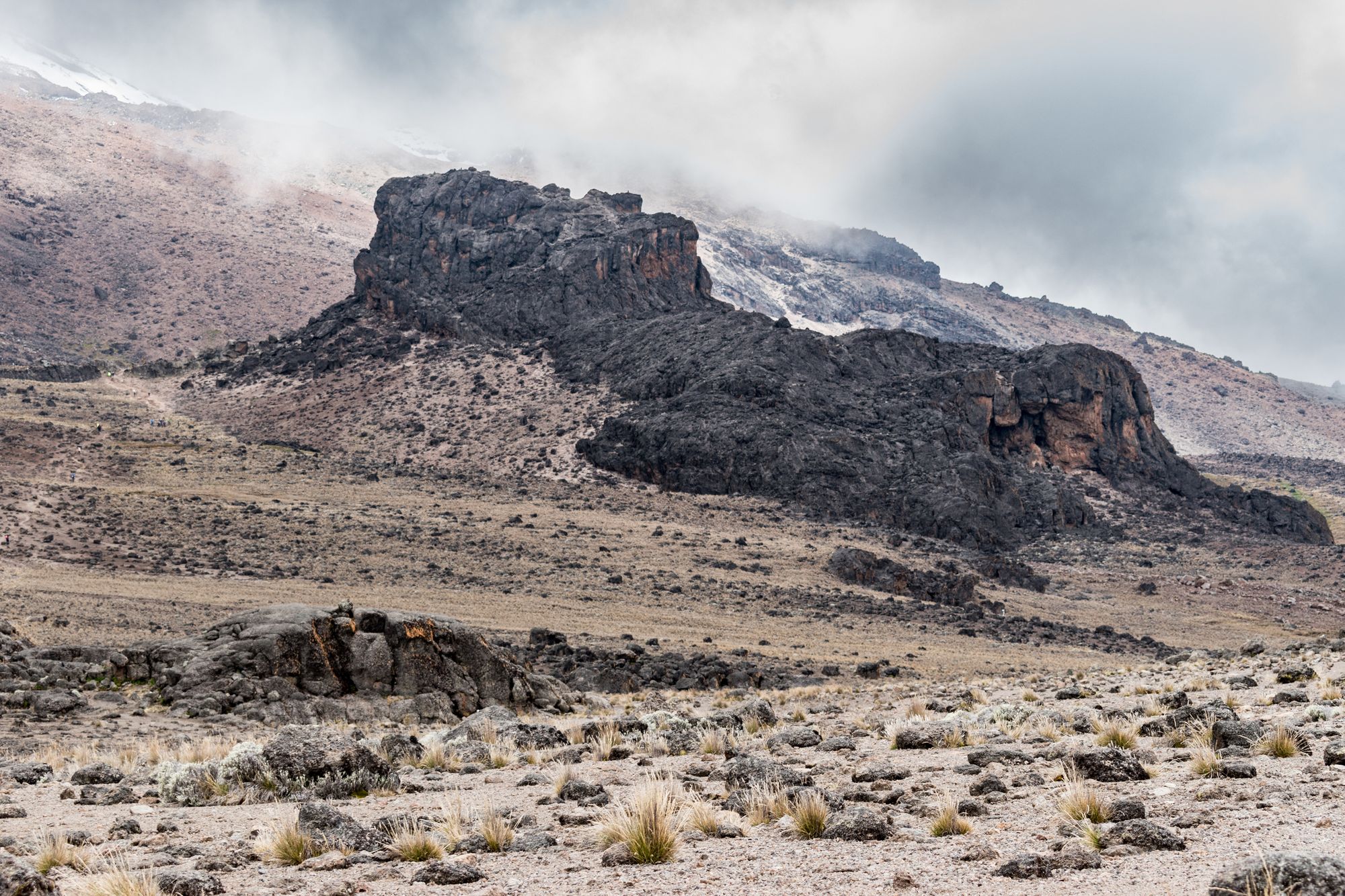
- Perfect for: those summiting for a second time and seeking pastures new
- Distance: 88km / 8-9 Days
The newest of the Kilimanjaro routes begins at the Londorossi Gate in the west. The Northern Circuit follows the Lemosho Route and is the same all the way up to the Lava Tower.
This is where the trail differs from Lemosho, Shira and Machame. Instead of heading down to Barranco Camp, which is nestled under the Barranco Wall, the track moves in a different direction. Here the Northern Circuit earns its name, heading north to Moir Hut (shared by the Shira Route) before circling north-west around the northern slopes to join up with the Rongai Route variation at Third Cave.
Most summit via School Hut and descend along the Mweka Route, rejoining most other routes on their journey back. However, as with most routes, this can be customised to change the summit set off point and the descent along Marangu.
Due to the 'climb high, sleep low' opportunities, this route has the highest success rate of all the Kilimanjaro routes. However, as one of the longest, it's also one of the more expensive options.
7. The Umbwe Route
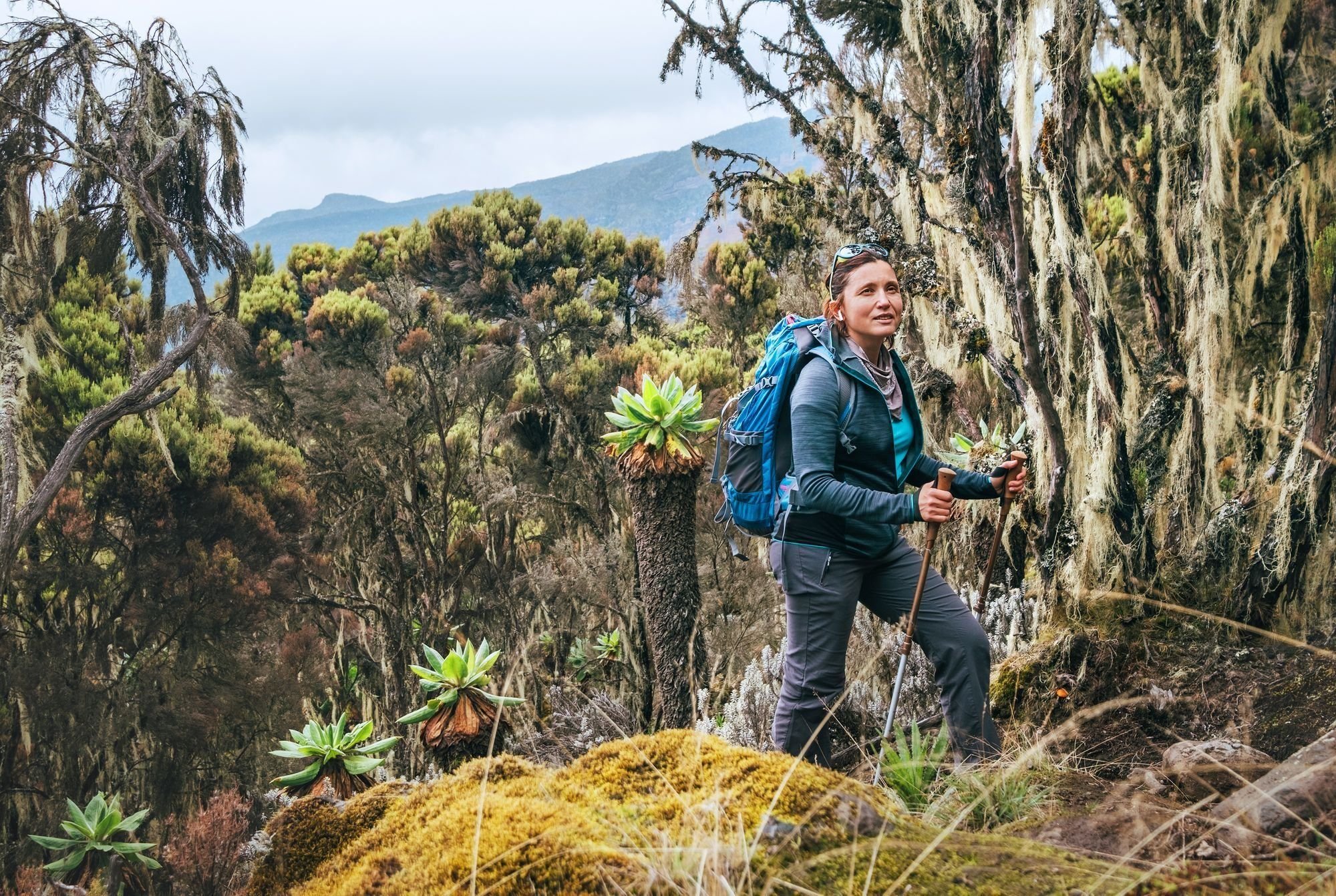
- Perfect for: experienced trekkers seeking a challenge
- Distance: 48km / 5-7 Days
For the first couple of days, Umbwe is the least crowded route. There is good reason for this though, as it is also considered to be the hardest, with the most direct route up to the summit. After registering at the Machame Gate you begin in the rainforest and make a steep trail north.
It can be done in as little as five days (six or seven is recommended) and is a pretty steep climb on the first couple of days. There isn’t as much time to acclimatise on this route and it has a low success rate. Climbers attempting Umbwe should be comfortable with altitude and steep trekking.
Most guides link the route to Machame on the evening of the second day, where traffic picks up. This means you’ll summit from Barafu camp. The route used to summit via the Western Breach and Arrow’s Glacier but changed when some climbers were killed by a rock fall in 2006. The Western Breach is open again and is the most challenging ascent to Uhuru Peak. This route is not for tourists and those considering should have a bit more technical knowledge of mountain climbing before seeking a guide who will accommodate you.
Conclusion: Which is the Best Route up Kilimanjaro?
Each route up Kilimanjaro has its benefits and drawbacks. Your choice will very much depend on what you're looking for.
If you're climbing Kilimanjaro for the first time, we'd recommend either the Machame, Lemosho or Rongai routes. They are less busy than the Marangu Route, have higher success rates, and they ascend and descend via different routes.
We'd likely steer clear of the Umbwe Route, due to its difficulty level and risk of altitude sickness, but ultimately, the choice is up to you.
Read more:
- The Beginner's Guide to Climbing Mount Kilimanajro
- How to Prepare for a Mountain Climbing Adventure
- What to Do After Climbing Mount Kilimanjaro
- A Guide to Climbing Mount Kenya
Feeling inspired? Come with us to Climb Kilimanjaro via the Lemosho, Rongai or Machame Route or check out all of our Kilimanjaro tours and treks here.


